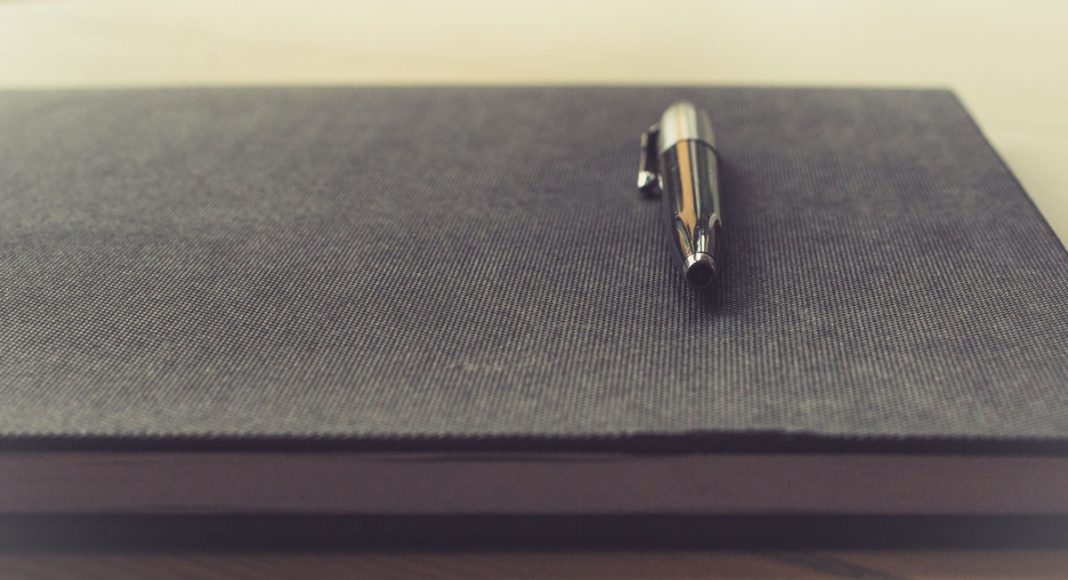Whether you are a long-time toker or a novice cannabis consumer, it’s smart to keep track of your use. How much are you actually smoking? How many times a week? And how do you feel?
Keeping a cannabis journal will help you log all the variables and help you find what works best for you. For example, consuming edibles at night may be preferred to smoking. A smaller dose immediately after dinner may be preferential to a heavier dose later in the evening. And maybe smoking alone is simply not as enjoyable as sharing with a friend.
-
Related Story: Tips On Marijuana Dosing So You Don’t Get Too High
For some, putting pen to paper in a well-made, leather-bound journal. For others, using a journaling app on your smartphone works. But no matter how you do it, try logging your consumption and review it after a few weeks. Spend some time evaluating if there are things that need to change.
Americans For Safe Access, a leading pro-cannabis organization, suggests these tips for logging your marijuana consumption:
- Date/Time: Record every time you consume cannabis with the current date and time of day.
- Amount: The amount of cannabis used (gram estimate or other consistent measure).
- Strain: The name, strain or variety of the cannabis strain or variety of cannabis medicine used. If you don’t know the name, write a detailed description of the medicine.
- Code: Strains are generally described as Indica, Sativa, or hybrid. You may want to code your entries: I=Indica, S=Sativa, S/I=Sativa-dominant Indica Cross, and I/S= Indica-dominant Sativa Cross.
- Type is the form of cannabis consumed: dried bud flower (most common), concentrates, tincture/sprays, edibles/drinks or topical. You may want to use: F=flower, C=concentrate, T=tincture/spray, E=edible, TO=topical.
- Cannabinoid Content: refers to the percent of THC, CBD and/or CBN. If you have this information available to you, write down percentages of each cannabinoid. If you’re using edibles or similar, a description of potency and preparation is helpful.
- Mode: Write down how you used your medication. Either inhale via S=smoke or V=vaporize, E=eat/digest, T=tincture or spray, TO=topical.
- Therapeutic Effects: List any positive effects you experience (physical, mental, social, behavioral, etc).
- Negative Side Effects: List your negative effects
- Timing: How quickly did you experience the first therapeutic effects? When did you feel the peak of relief? When did it start to noticeably dissipate? How long until effects were gone?
- What prompted your cannabis use? List the specific factors that told you it was time for medicine, as well as the general symptoms or conditions being treated (e.g. pain, nausea, anxiety, etc.)
- How did you feel (mindset)? Record your mood and feelings before and after you used cannabis.
- Where were you (setting)? Were you at home, at a collective, in your office? Sitting, standing, lying down?
- Who were you with? Were you by yourself, with a friend, a large group, among other cannabis consumers, etc?
- What were you doing? Just before you used cannabis, what was going on? What were the activities or circumstances leading up to it?
Of course, journaling is personal. Track what is important to you. Maybe it’s key for you to track the type of music you were listening to. Or which TV shows you watched.


